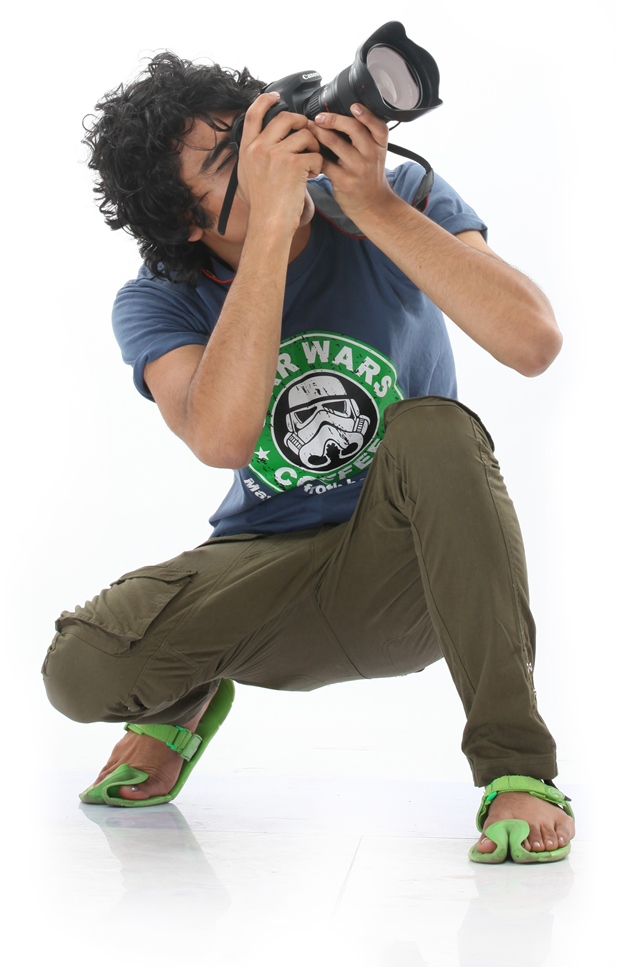


1. New photography tutorials and tips
2. Latest photography assignments
3. Photo competitions and prizes
Enter your email below to subscribe.
Before we enter into the world of photography, we must be aware of the different gears used in this piece of art. It contains some basic gear, without which we cannot do photography and some additional gear, which helps at different stages of photography.
Here is the exhaustive list of gears of Photography:
Indian Institute of Photography | Copyright © 2025. All Rights Reserved